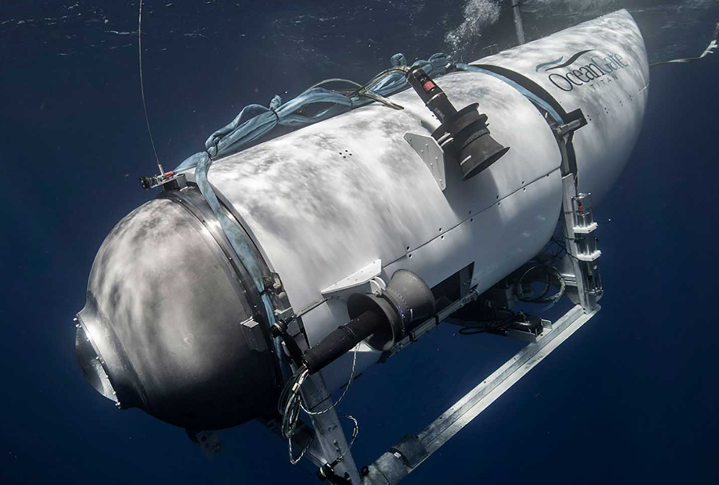Experts participating in the search for the Titanic-bound submarine have reported the discovery of the landing frame and rear cover of the missing Titan submersible on the seabed. Their analysis suggests that the vessel experienced a “catastrophic implosion”, that claimed the lives of all five people on board the vessel.
On Thursday morning, Pelagic Research Services verified that their remotely operated vehicle (ROV), which was the initial ROV involved in the search for the missing Titan submersible, has located the scattered wreckage. The US Coast Guard also announced that an ROV found a field of debris during their search for the OceanGate submersible at the Titanic’s wreckage site.
Almost No Hope
OceanGate
The US Coast Guard tweeted on Thursday that a “debris field” was found on Thursday. While they have not provided explicit details regarding the findings, Richard Garriott, President of the Explorers’ Club, told DailyMail.com that according to the search teams involved, significant components of the submersible were believed to be among the recovered items.
“Experts within the unified command are evaluating the information,” the Coast Guard said.
A spokesperson for Pelagic Research Services confirmed to CNN that its ROV was the machine involved in the discovery.
The company describes itself as “an ocean services company that brings expedition planning, execution and state-of-the-art sub-sea research tools to the ocean community on a global basis.”
The discovery of the debris would mean that the submersible experienced a crack and collapsed due to the intense pressure underwater, resulting in the immediate death of all five people on board.
So, the search was a futile effort and all had died days ago.
“This is an unconventional submarine, that rear cover is the pointy end of it and the landing frame is the little frame that it seems to sit on. It means the hull hasn’t yet been found but two very important parts of the whole system have been discovered and that would not be found unless its fragmented,” Garriott told the DailyMail.com.
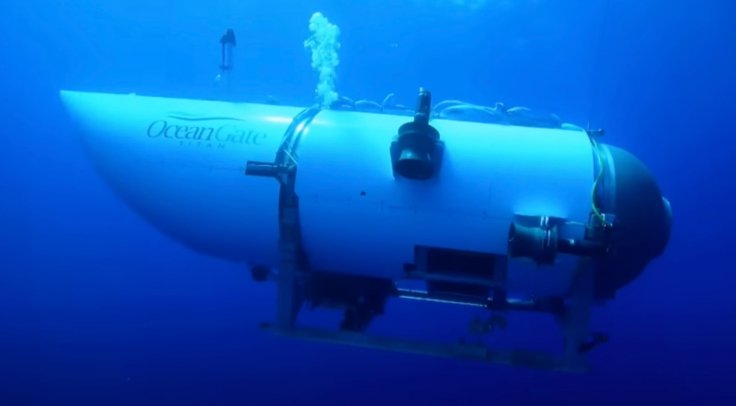
“That really indicates what is the worst case scenario which is a catastrophic failure, an implosion.
“The only saving grace is that it would have been immediate, literally in milliseconds and the men would have no idea what was happening,” David Mearns, a friend of two of the passengers on board, said in an interview with the Sky News in the UK on Thursday.
He added: “My worst fears have now been realized.”
All Quiet on the Atlantic Front
A press conference has been arranged for 3pm EST, during which the Coast Guard intends to address the “findings.” This development represents a heartbreaking turn in the search operation, as US authorities had consistently classified it as a rescue mission rather than a recovery operation.
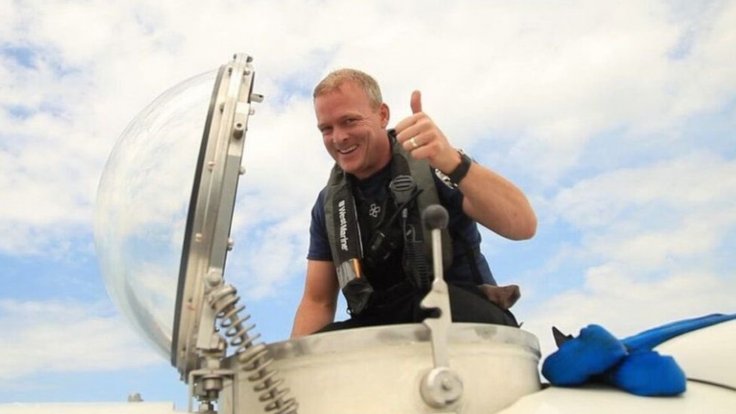
The global community has been fervently hoping for a miraculous outcome as rescuers estimated that the crucial oxygen supply would deplete at 7.08 am EST on Thursday.
The field of debris was located by the Odysseus 6k, a remote-operated vehicle (ROV) deployed from the Canadian vessel, the Horizon Arctic, capable of diving 20,000ft underwater.
A glimmer of optimism emerged on Wednesday when the Coast Guard confirmed the consistent detection of “banging” sounds by P-3 aircraft.
However, the search teams were unable to determine the source of the sound or confirm if they were the anticipated SOS signals.
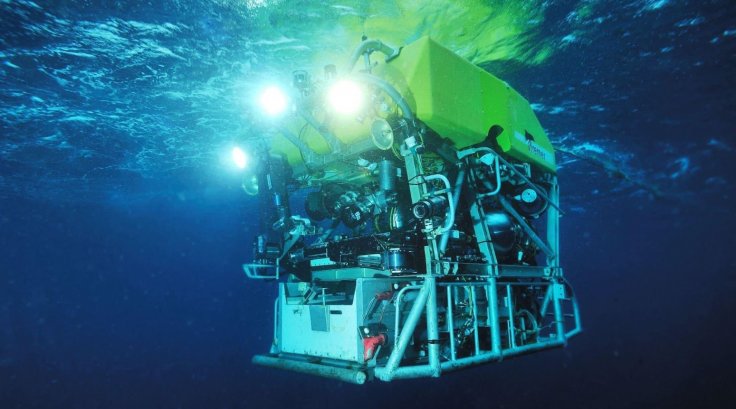
At this time, the families of the five people aboard the submersible have not publicly responded to the news of the debris discovery.
According to experts, the five people trapped inside the tourist submersible bound for the Titanic could potentially undergo a preservation process where their bodies might become “mummified” due to the extremely cold temperatures underwater and the absence of oxygen within the pressurized vessel.
Nicholas Passalacqua, the Director of Forensic Anthropology at Western Carolina University, suggested that in the event of the five passengers perishing inside the Titan submersible, their bodies would undergo a peculiar preservation process, potentially resulting in their unusual preservation within the vessel.
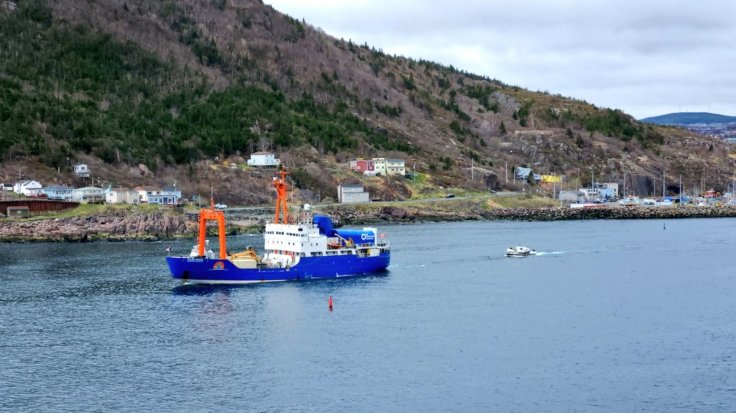
“Generally in an environment without oxygen, remains will not decompose much because the micro and macro organisms that would work to consume and decompose the tissues will be unable to survive,” Passalacqua told Insider.
Melissa Connors, director of the Forensic Investigation Research Station at Colorado Mesa University, concurred with the analysis and added that the frigid temperatures of the Atlantic Ocean would help in the desiccation of the bodies if the heating system within the submersible were to malfunction as well.

“So you might end up with mummies,” she told the outlet.
For days, experts have been warning about the potential scenario where the Titan submersible may have developed a leak and collapsed due to the immense pressure, which is around 400 times greater than what is typically encountered at sea level.

“They would be dead before they knew anything had even happened,” L. David Marquet, a retired Navy nuclear submarine commander, said earlier this week.
In case the debris found does not belong to the Titan submersible, the Coast Guard has made a commitment to persist with the search efforts.

